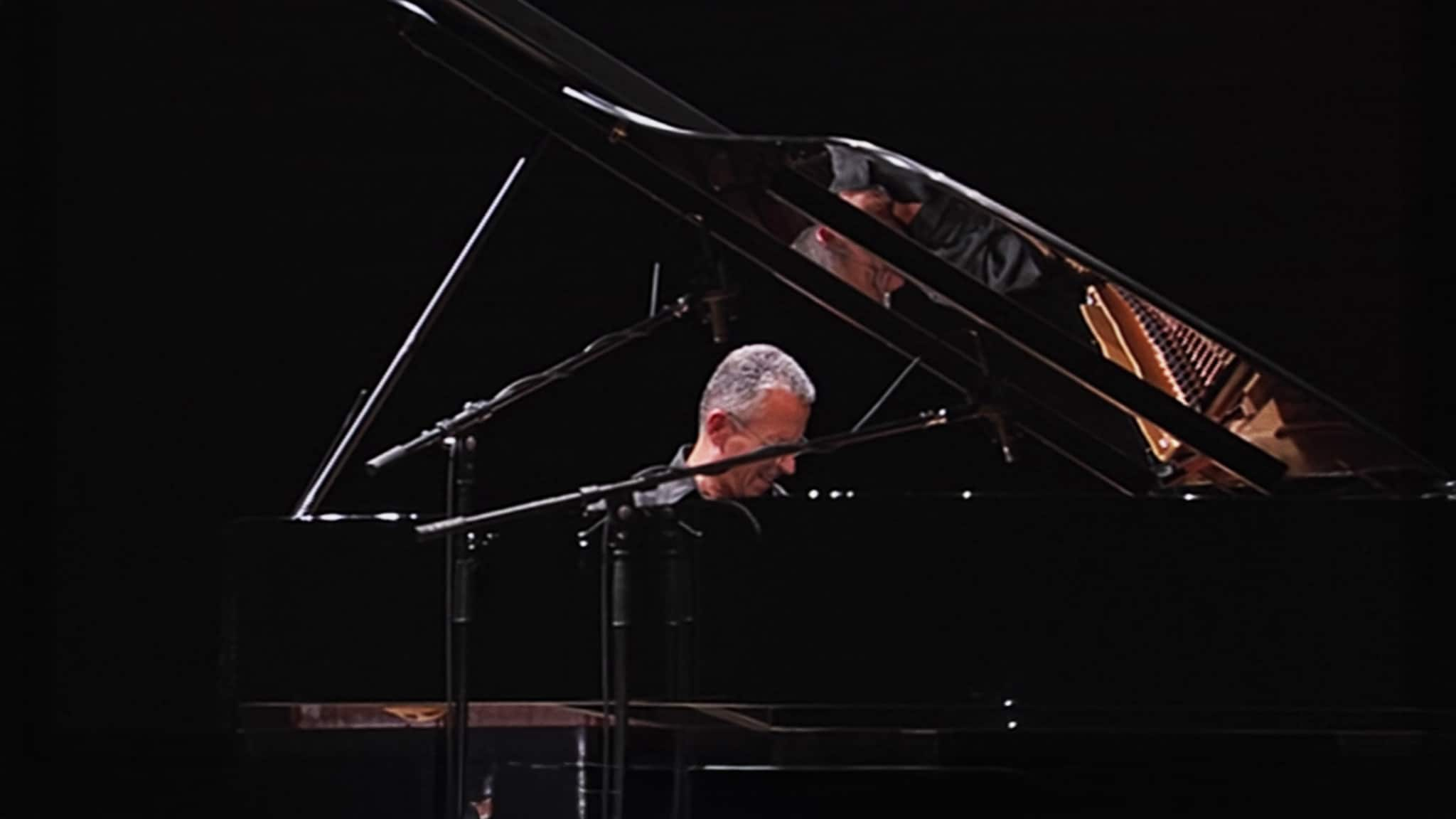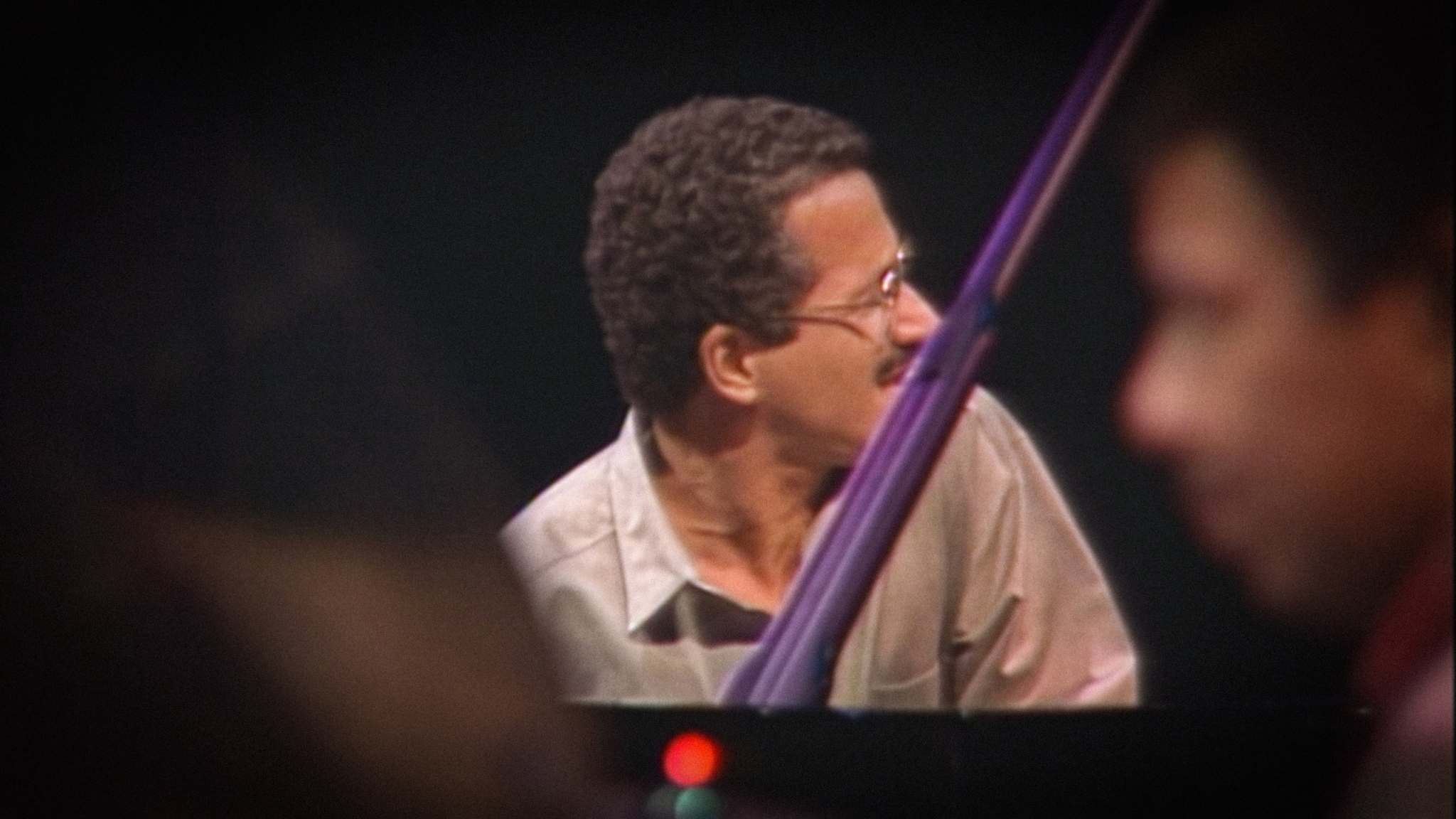Album insights
Juan Bermudo, a Spanish theorist from 1555, celebrated the three leading musicians of his generation, born around the turn of the 16th century. Adrian Willaert and Nicolas Gombert, both Netherlanders, were renowned across Europe, working in Venice's St. Mark's Basilica and at Emperor Charles V's court. Meanwhile, Morales spent a decade as a tenor in the Sistine Chapel choir before returning to Spain in 1545. For the remaining eight years of his life, he served as a music director at the Cathedral of Toledo, belonged to the court of the Duke of Arcos, and later became maestro at Málaga Cathedral. Hailed as "Spain's musical light" by Bermudo, Morales was the first Spanish composer to attain international acclaim.
Morales' fame, garnered during his time in Rome, positioned him as the most recognized and performed composer of the mid-16th century in modern times. His influence seemed to touch the young Palestrina, although the latter's tenure at the Sistine Chapel postdated Morales's death. Despite numerous motets printed between 1535 and around 1570, Morales's extensive works faced some neglect. This recording aims to shed light on overlooked pieces of exceptional quality that have not received due attention.
One of the centerpieces in this album is the Magnificat primi toni, forming part of an eight-part series Morales published in 1542. Unlike the common practice of alternating choral and polyphonic verses in cathedrals and courts, the Sistine Chapel choir, likely the intended performers, sang all twelve verses polyphonically, including the "Gloria Patri." While traditionally displayed in alternating verses, Morales' series was later modified to conform to typical formats. The polyphonic setting, retaining the choral melody in the Magnificats, adds richness and depth to the musical narrative.
Morales embraced the tradition of polyphonic Lamentations compositions, following the likes of Costanzo Festa, with the most significant examples consolidated in a 1506 publication by Ottaviano Petrucci. Although there was an established tradition, Morales's vast contributions to Lamentations only emerged posthumously in 1564. These sacred compositions exuded a meditative aura by intertwining complex chants with polyphony.
Many of Morales' motets employed structural devices like Cantus firmus, Canon, or Ostinato. Notable among these is the Staatsmotette Gaude et laetare, Ferrariensis civitas, composed for the investiture of a cardinal in Ferrara. Morales's unique style thrived on structural elements adding depth and coherence to his music.
Exploring Morales's diverse repertoire further, be it the vibrant Salve regina or the intricate Regina caeli, reveals intricate Spanish influences intertwining with innovative canon structures. Sancta Maria, succurre miseris, another masterpiece, forms a network of interconnected works with distinguished composers of the time.
The reclusive Spem in alium, a rare gem in Morales's catalogue, displayed an amalgamation of styles, bordering on the Dutch idiom with its dense composition and unconventional harmonies. Finally, the uplifting Beati omnes qui timent Dominum sets Morales apart with its jubilant tone, reminiscent of his contemporaries but uniquely striking in its execution.







